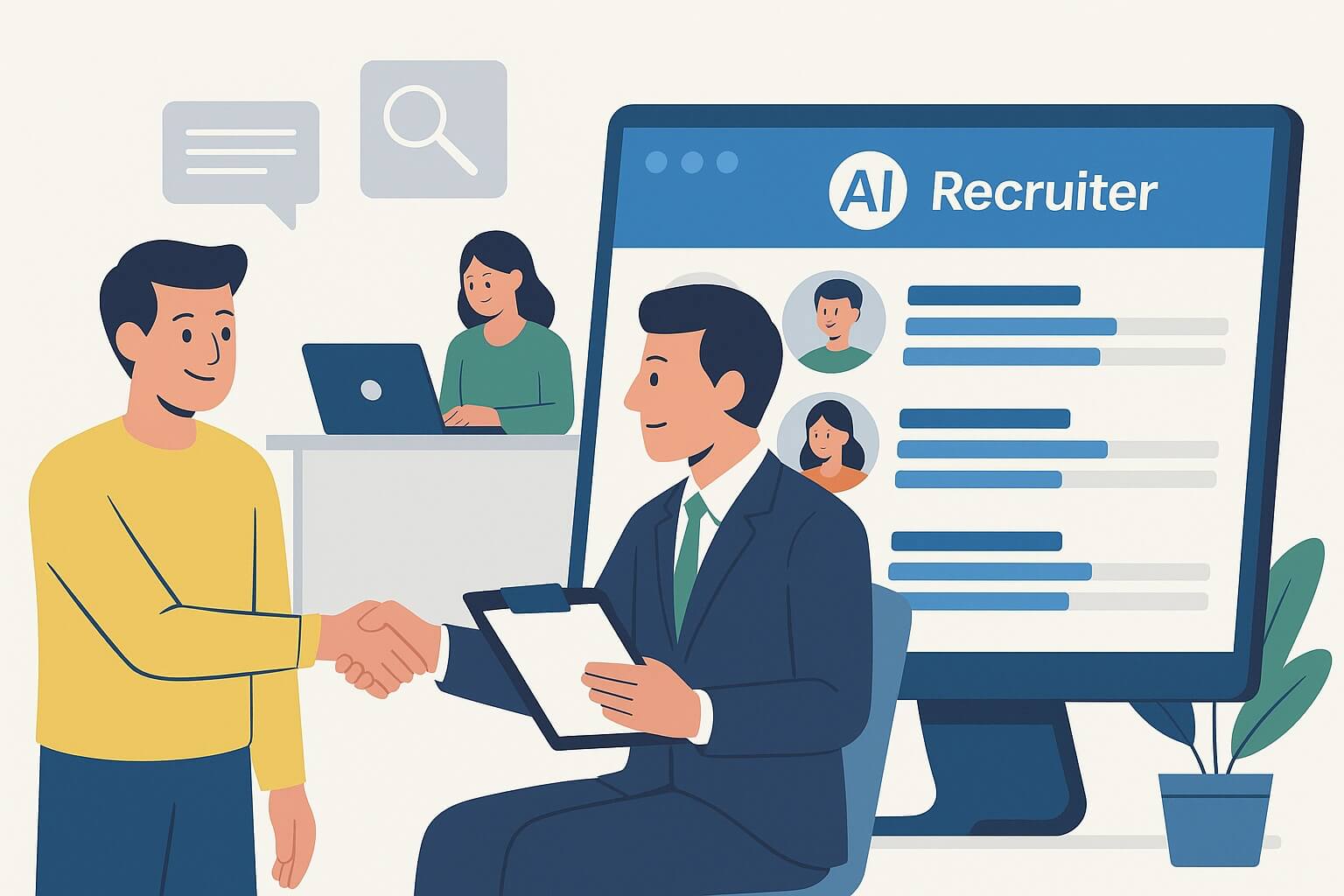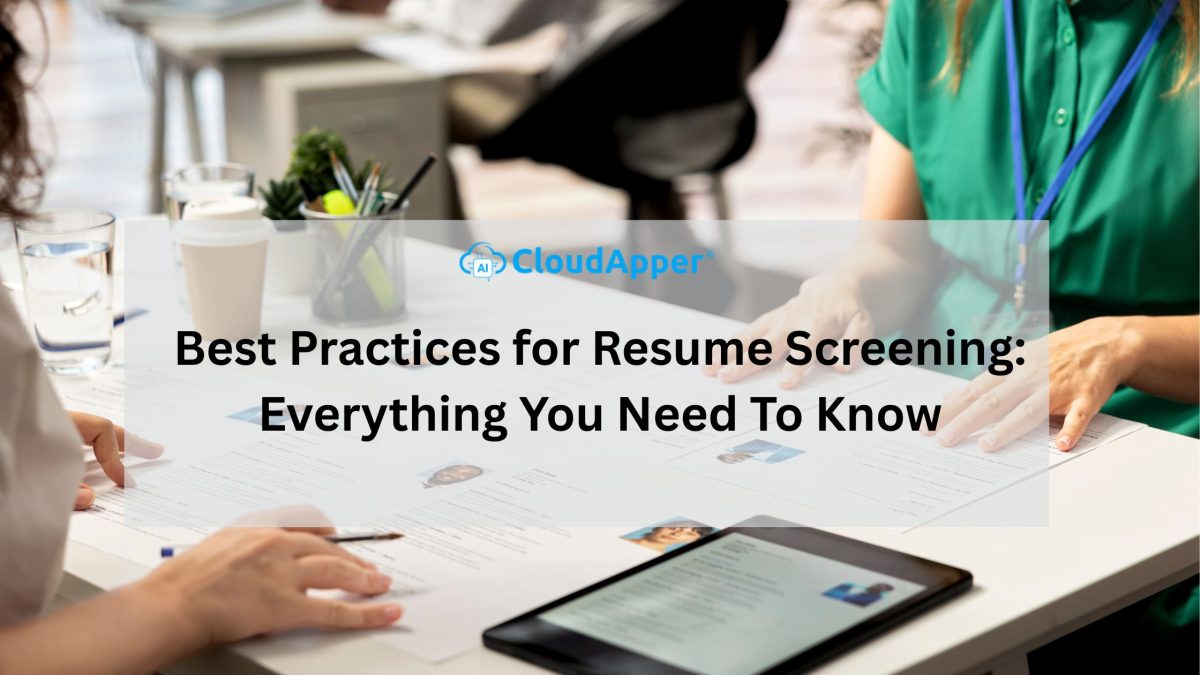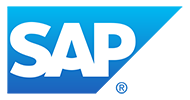Struggling with time-consuming, inconsistent resume screening? Discover how to streamline the process with structured best practices and CloudApper AI Recruiter. This guide helps you find top talent faster, eliminate bias, and boost efficiency—no matter how many resumes you’re reviewing. Learn how to optimize every screening step today.
Table of Contents
Finding the right talent starts with one of the most critical—but often overlooked—steps in hiring: resume screening. It’s where great candidates can either be discovered or accidentally passed over. Done right, it shortens time-to-hire, ensures fairness, and highlights the applicants who truly fit the role. Done poorly, it leads to wasted time, biased decisions, and costly mis-hires.
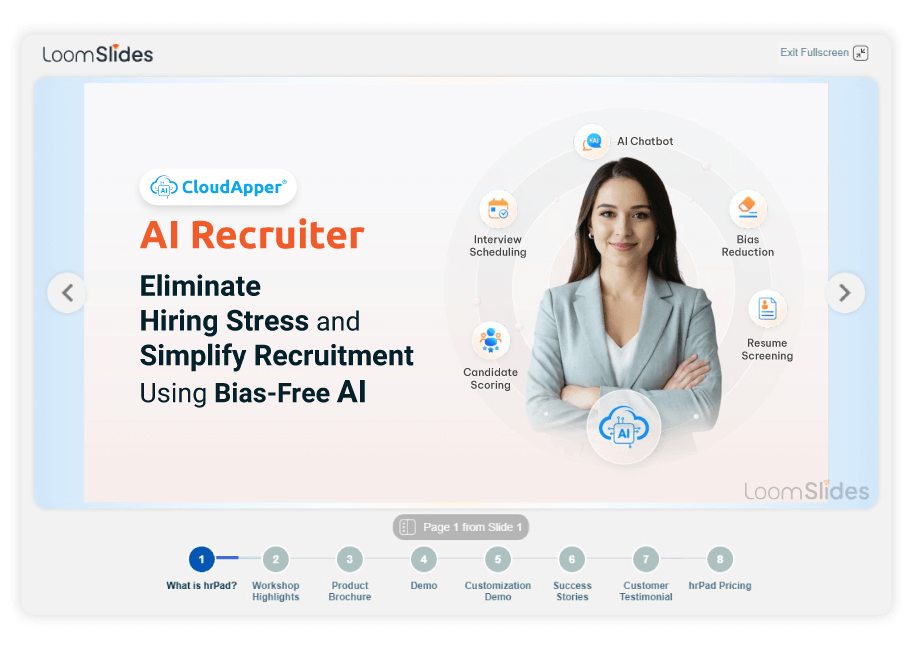
For more information on CloudApper AI Recruiter visit our page here.
This guide breaks down the most effective resume screening practices—from setting clear criteria to leveraging automation tools like CloudApper’s AI Recruiter—to help talent acquisition teams streamline hiring without sacrificing quality. Whether you’re screening ten resumes or ten thousand, these strategies will help you move faster, smarter, and more confidently.
What Is Resume Screening?
Resume screening is the process of evaluating job applications to identify candidates who meet the essential qualifications for a role. It typically occurs early in the recruitment process and serves as the first filter to separate suitable applicants from those who don’t match the job requirements.
At its core, resume screening involves reviewing key components such as:
- Work experience
- Educational background
- Relevant skills and certifications
- Job history and career progression
- Keywords and role-specific criteria
Traditionally, this is done manually by recruiters who read through each resume and compare it against the job description. In larger hiring pipelines, this process can be time-consuming, inconsistent, and prone to bias.
Modern approaches use automated tools—like AI recruiters or applicant tracking systems (ATS)—to scan, analyze, and rank resumes based on predefined criteria. This not only accelerates the process but also introduces greater consistency and fairness into hiring.
Whether manual or automated, the goal of resume screening remains the same: to identify the most qualified candidates as efficiently and objectively as possible.
What Should You Look for When Screening Resumes?
To effectively identify qualified candidates, focus on objective indicators of job readiness. Here are the top elements to evaluate:
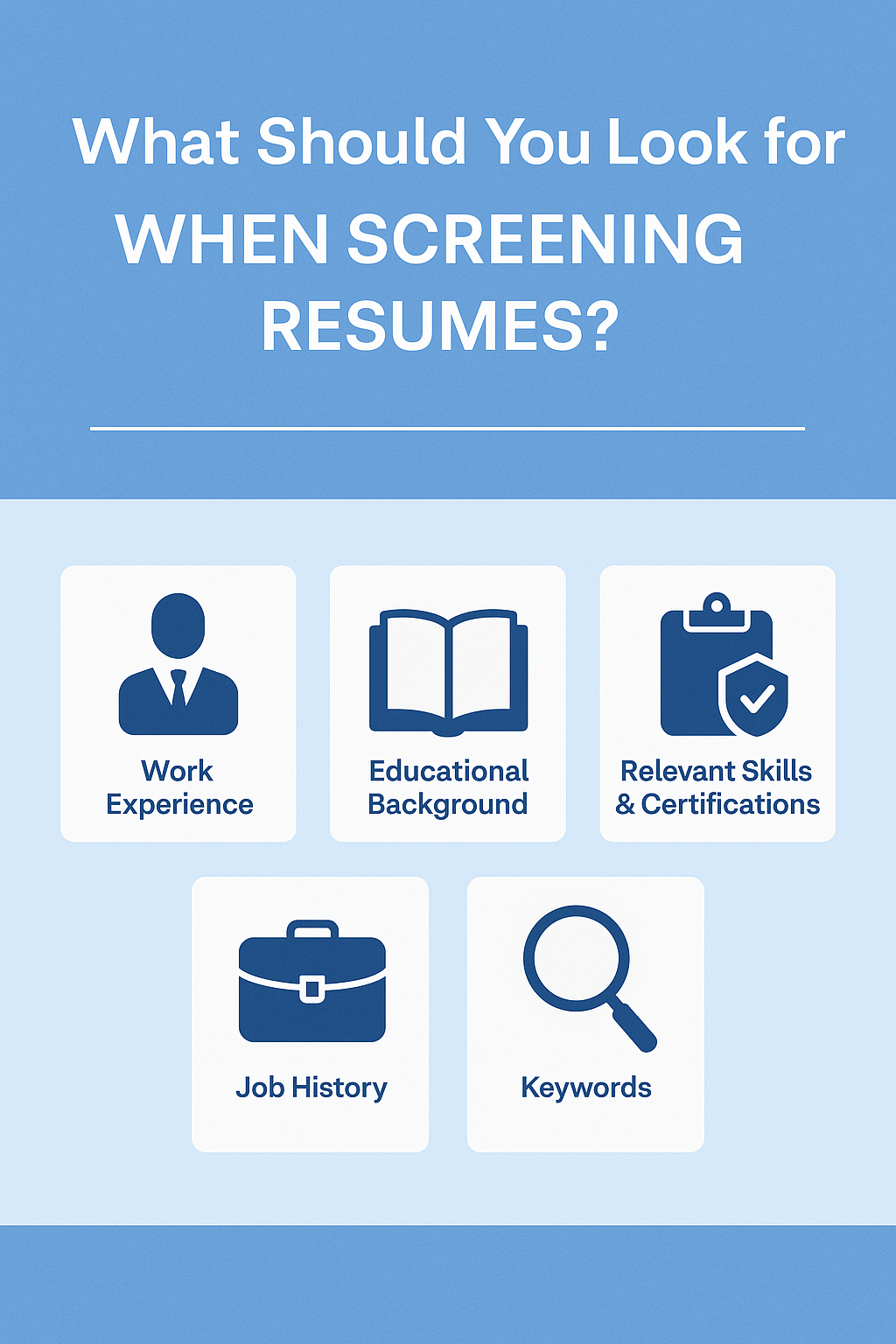
- Relevant Work Experience: Look for roles similar in scope, industry, or function to your open position.
- Core Skills & Competencies: Match technical or soft skills listed in the resume with those required in the job description.
- Certifications & Education: Verify credentials that are necessary or preferred for the role.
- Career Progression: Check for steady growth, promotions, or expanded responsibilities over time.
- Customization & Attention to Detail: Tailored resumes that reflect effort and alignment with the role tend to signal genuine interest.
- Employment Gaps or Red Flags: Identify gaps or inconsistencies, but explore the context rather than making assumptions.
With CloudApper AI Recruiter, many of these elements are automatically extracted, scored, and validated during chatbot interactions—making it easier for recruiters to focus on interviews, not admin.
Best Practices for Resume Screening
Resume screening is a crucial step in the hiring process—whether you’re a recruiter reviewing 20 applications or a talent acquisition team sorting through thousands. Done right, it accelerates time-to-hire, improves candidate quality, and reduces the risk of hiring the wrong fit. Done poorly, it leads to wasted time, missed opportunities, and biased decisions.
Below, we explore the 10 best practices for resume screening—covering both manual methods and how automation with AI tools like CloudApper AI Recruiter can enhance or replace those steps for a more efficient and consistent hiring workflow.
- Define Clear Screening Criteria
Manual Approach:
Start by outlining the must-have qualifications for the role. These may include specific degrees, years of experience, industry exposure, certifications, or technical proficiencies. Writing these down and aligning with hiring managers ensures everyone is on the same page before screening begins.
Automated Approach:
AI-powered tools like CloudApper AI Recruiter allow you to upload or input your required criteria. The chatbot then prompts candidates to self-assess or provide qualifying information during their initial interaction, filtering out those who don’t meet your benchmarks—automatically.
- Adopt a Structured Scoring System
Manual Approach:
Use a consistent scoring or tagging system to group resumes into clear categories: “Yes,” “No,” and “Maybe.” This keeps the process objective and allows you to make faster decisions when it’s time to shortlist.
Automated Approach:
An AI system can instantly score resumes by comparing qualifications against your predefined criteria. CloudApper AI Recruiter not only parses resumes but also uses structured Q&A sessions to fine-tune rankings in real time, giving you a prioritized shortlist without the guesswork.
- Use Resume Parsing Technology
Manual Approach:
Manually reviewing resumes requires hours of reading and interpretation, especially when formats vary. Recruiters often miss out on qualified candidates due to inconsistent layouts or hidden skills.
Automated Approach:
With AI parsing, resumes are scanned, standardized, and broken down into structured data fields like education, experience, and skills. CloudApper AI Recruiter takes this a step further—using parsed data to trigger custom chatbot conversations, enriching each profile before it even reaches a recruiter.
- Implement Blind Screening
Manual Approach:
To reduce unconscious bias, some teams redact personal identifiers like names, photos, and addresses from resumes. However, this can be time-consuming and inconsistent.
Automated Approach:
CloudApper AI Recruiter can anonymize candidate data automatically during early screening stages, ensuring evaluations are made solely on job-relevant qualifications. This helps support fairer, more inclusive hiring decisions at scale.
- Conduct Pre-Screening Conversations
Manual Approach:
Recruiters often conduct initial phone screens to verify availability, salary expectations, location flexibility, and role fit. While important, this process is repetitive and doesn’t scale well.
Automated Approach:
CloudApper’s AI Recruiter chatbot can engage candidates with dynamic questions the moment they apply. It captures key information like expected salary, work authorization, preferred location, and availability—filtering out mismatches before they hit your inbox.
- Use Knockout Questions Early
Manual Approach:
Including qualifying questions in application forms can help eliminate unfit applicants, but these forms are often static and don’t allow for follow-up clarification.
Automated Approach:
CloudApper AI embeds knockout questions directly into the chat experience. Candidates who don’t meet your non-negotiable requirements are instantly flagged or disqualified—no manual review required.
- Validate Candidate Information
Manual Approach:
It’s common to encounter resumes with typos, outdated contact info, or inflated job titles. Manually verifying this data takes time and can be unreliable.
Automated Approach:
With CloudApper AI Recruiter, validation is built in. The system cross-checks email domains, checks for valid phone numbers, and can even integrate with third-party databases to verify credentials or employment history.
- Automate Interview Scheduling
Manual Approach:
Coordinating calendars, sending reminders, and confirming appointments is one of the most time-consuming parts of the hiring process.
Automated Approach:
Once a candidate passes screening, CloudApper AI Recruiter offers available time slots and books meetings with recruiters automatically. This not only saves time but also reduces no-shows and scheduling conflicts.
- Maintain Messaging Consistency
Manual Approach:
Manually written emails or inconsistent phone scripts can lead to mixed messaging, confusion, or even a negative candidate experience.
Automated Approach:
AI chatbots follow a consistent, pre-approved script aligned with your brand’s tone and messaging. CloudApper’s system ensures every candidate hears the same core messaging—creating a more reliable and professional experience.
- Analyze and Improve Over Time
Manual Approach:
Many teams fail to review past screening data to understand what’s working and what’s not. Without structured feedback, screening processes can stagnate.
Automated Approach:
CloudApper provides actionable analytics such as conversion rates, common disqualification reasons, and drop-off points in the chatbot interaction. This helps recruiters adjust criteria, improve engagement, and reduce bias based on real-time insights.
How CloudApper AI Recruiter Enhances Every Step
| Screening Stage | Traditional Challenges | CloudApper AI Advantage |
| Criteria enforcement | Manual comparison on each resume | Chatbot enforces criteria in real-time |
| Resume parsing | Error-prone, inconsistent | AI extracts and standardizes data |
| Bias reduction | Human bias in early reviews | Blind screening with anonymization |
| Initial qualification | Time-intensive recruiter calls | AI conducts scalable screening chats |
| Knockout question handling | Manual elimination interviews | Instant disqualification via chatbot |
| Scheduling efficiency | Back-and-forth emails | Automated interview scheduling |
| Messaging consistency | Disjointed communications | Uniform recruiter-brand voice |
| Data tracking and optimization | Limited insight post-screening | Real-time analytics and feedback loops |
Real-World Impact
- 50% reduction in screening time after automating initial qualification questions
- 30% more qualified candidates entering interview pipelines, thanks to enriched data and accurate parsing
- Bias reduction through anonymized scoring and consistent knockout rules
Legal Considerations for Resume Screening
While resume screening is a core hiring activity, it must comply with applicable employment laws to avoid discriminatory practices or privacy violations. Here are key legal considerations:
- Avoid Protected Characteristics: Ensure your screening process doesn’t factor in age, race, gender, religion, disability, or marital status. Even unintentional filtering based on these can lead to legal consequences.
- Consistent Criteria: Apply the same qualifications and screening rules to all applicants to avoid claims of unfair treatment or bias.
- Data Privacy Compliance: If you’re storing or processing candidate information (especially through automation), make sure your process aligns with data protection laws like GDPR, CCPA, or HIPAA when relevant.
- Disclosure & Consent: If you’re using AI or automation to analyze candidate data, transparency is key. Consider informing applicants that their resumes may be screened using automated tools.
Tip: Using a solution like CloudApper AI Recruiter helps ensure consistent, bias-free screening with anonymization capabilities that support fair hiring practices.
Final Thoughts
By integrating structured screening best practices with the CloudApper AI Recruiter, you can:
- Screen large volumes of applications without sacrificing quality
- Maintain fairness, compliance, and diversity in hiring
- Free up your team to focus on high-value candidate relationship-building
Ready to transform how you screen resumes?
Discover CloudApper’s AI Recruiter Conversational Chatbot—the complete end-to-end solution that aligns with industry best practices and accelerates your hiring process from day one.
What is CloudApper AI Platform?
CloudApper AI is an advanced platform that enables organizations to integrate AI into their existing enterprise systems effortlessly, without the need for technical expertise, costly development, or upgrading the underlying infrastructure. By transforming legacy systems into AI-capable solutions, CloudApper allows companies to harness the power of Generative AI quickly and efficiently. This approach has been successfully implemented with leading systems like UKG, Workday, Oracle, Paradox, Amazon AWS Bedrock and can be applied across various industries, helping businesses enhance productivity, automate processes, and gain deeper insights without the usual complexities. With CloudApper AI, you can start experiencing the transformative benefits of AI today. Learn More
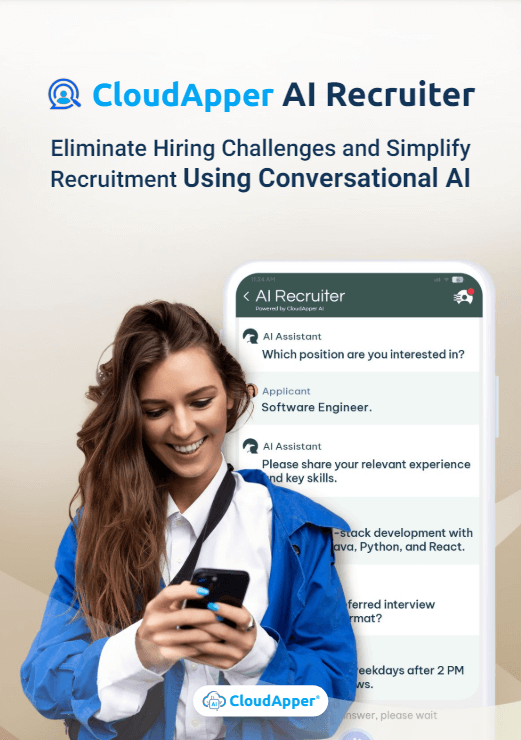
CloudApper AI Solutions for HR

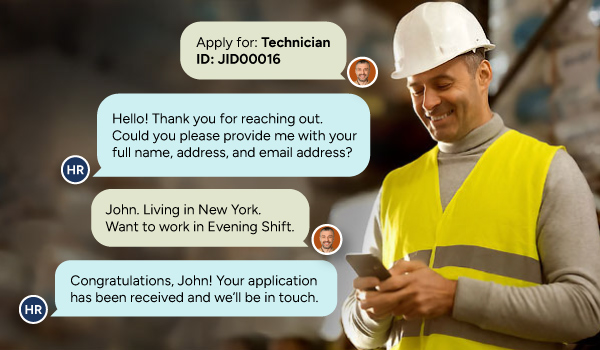

- Works with
- and more.
Similar Posts

How to Use AI in Recruiting: A Complete Guide for…

10 Essential Registered Nurse (RN) Interview Questions to Ask (And…
